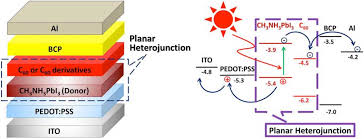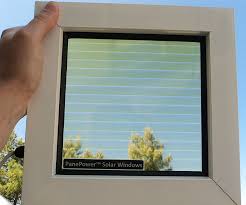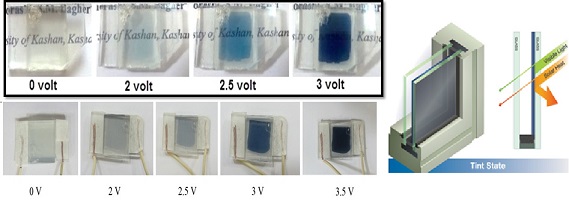| نویسندگان | فرهاد جهان تیغ,سیدمحمدباقر قریشی |
|---|
| نشریه | NANO |
|---|
| ضریب تاثیر (IF) | ثبت نشده |
|---|
| نوع مقاله | Full Paper |
|---|
| تاریخ انتشار | 0000-00-00 |
|---|
| رتبه نشریه | علمی - پژوهشی |
|---|
| نوع نشریه | الکترونیکی |
|---|
| کشور محل چاپ | ایران |
|---|
| نمایه نشریه | ISI-Listed |
|---|
چکیده مقاله
Perovskite solar cells have recently been considered to be an auspicious candidate for the advancement of future photovoltaic research. A power conversion efficiency (PCE) as high as 22% has been reported to be reached, which can be obtained through an inexpensive and high-throughput solution process. Modeling and simulation of these cells can provide deep insights into their fundamental mechanism of performance. In this paper, two different perovskite solar cells are designed by using COMSOL Multiphysics to optimize the thickness of each layer and the overall thickness of the cell. Electric potential, electron and hole concentrations, generation rate, open-circuit voltage, short-circuit current and the output power were calculated. Finally, PCEs of 20.7% and 26.1% were predicted. Afterwards, according to the simulation results, the role of the hole transport layer (HTL) was investigated and the optimum thickness of the perovskite was measured to be 200nm for both cells. Therefore, the spin coating settings are selected so that a coating with this thickness for cell 1 is deposited. In order to compare the performance of HTM layer, solar cells with a Spiro-OMeTAD HTM and without the HTM layer in their structure were fabricated. According to the obtained photovoltaic properties, the solar cell made with Spiro-OMeTAD has a more favorable open-circuit voltage (VOC), short-circuit current density (JSC), fill factor (FF) and PCE compared to the cell without the HTM layer. Also, hysteresis depends strongly on the perovskite grain size, because large average grain size will lead to an increase in the grain’s contact surface area and a decrease in the density of grain boundaries. Finally, according to the results, it was concluded that, in the presence of a hole transport layer, ion transfer was better and ion accumulation was less intense, and therefore, the hysteresis decreases.




